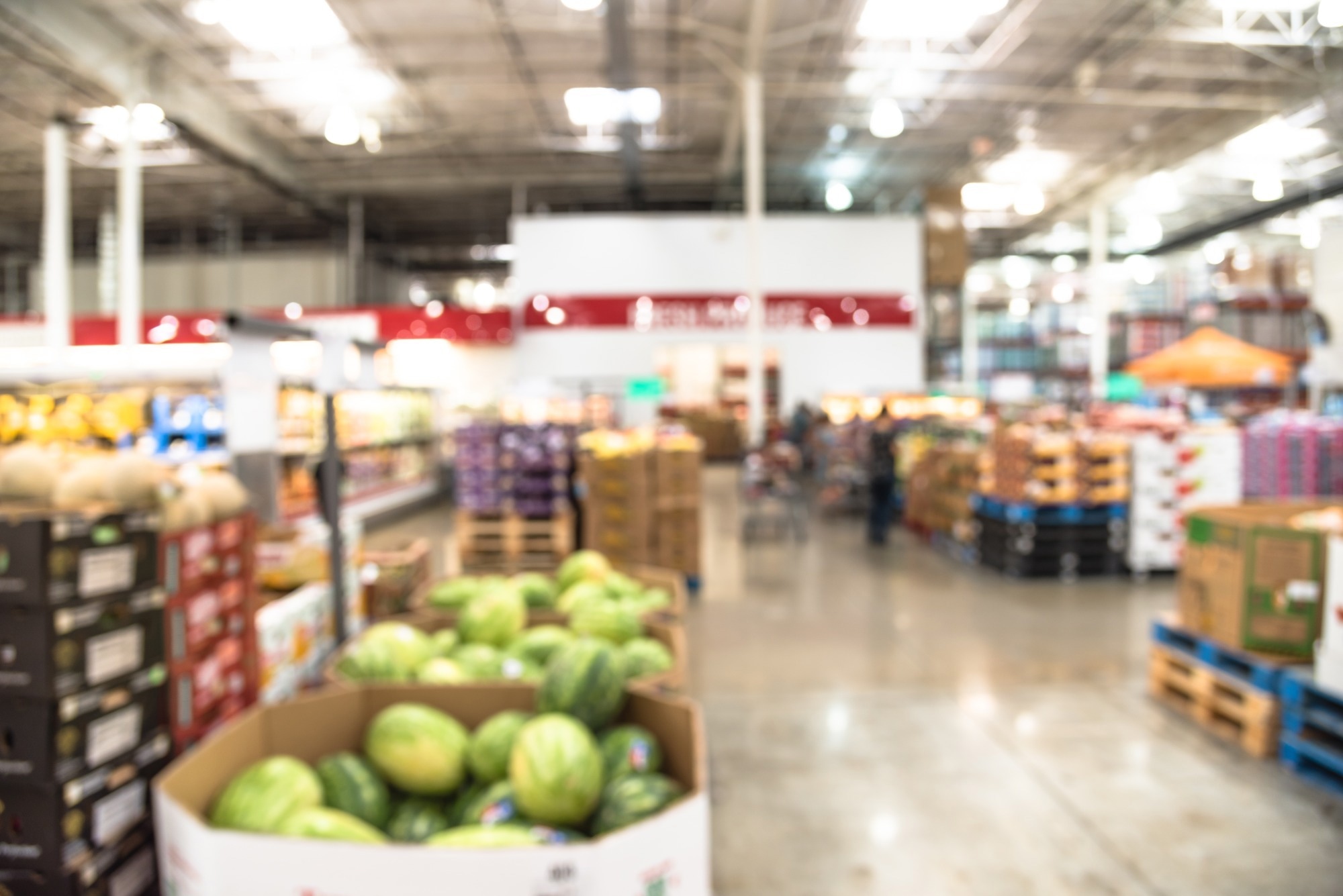In an article published in the journal Technological Forecasting and Social Change, the researchers proposed a novel methodology that harnesses the potential of digital twin technology to revolutionize real-time planning, monitoring, and control within medium-scale food processing companies. This groundbreaking study delves into how this innovative approach can transform the efficiency of food supply chains and the significance of real-time planning and control strategies in amplifying the overall effectiveness of these food supply chains. In today's rapidly evolving industries, managing supply chains, especially for perishable goods like food, has become complex, and hence, researchers are exploring innovative solutions to optimize food supply chains.
 Study: Transforming Food Supply Chains with Digital Twin Technology and Real-Time Strategies. Image credit: Trong Nguyen/Shutterstock
Study: Transforming Food Supply Chains with Digital Twin Technology and Real-Time Strategies. Image credit: Trong Nguyen/Shutterstock
Understanding the Challenge
Perishable products in the food sector lead to significant financial losses. The value of the global food processing industry and India's growth in this sector underscore the need for efficient strategies. Managing rising demands and limited resources makes effective food supply chain management crucial.
Scheduling resources like equipment, utilities, and human resources is essential to meet demand and manage disruptions. Traditional food supply chains face issues like disorganized data, duplication, poor plant utilization, and procurement challenges. Addressing this complexity necessitates a comprehensive approach to optimizing the coordination between procurement, production, and distribution strategies.
The Rise of Digital Twin Technology
Digital twin technology, a prominent aspect of Industry 4.0, can reshape supply chains. It employs real-time data and simulation to create virtual replicas of physical systems for informed decision-making. However, its potential application to food supply chains remained uncertain.
This study aims to bridge the knowledge gap by assessing digital twin technology's potential to optimize procurement, production, and distribution strategies in food supply chains. The research tackles a complex problem in a medium-scale food processing company, integrating suppliers, manufacturers, and customers for mutual benefit. The digital twin approach creates a simulated environment to optimize these strategies while adhering to constraints, using mixed-integer linear programming and agent-based simulation methodologies.
The study achieved enhanced supply chain productivity, operational efficiency, and equipment utilization through the digital twin approach. The seamless integration of procurement, production, and distribution strategies led to improved production flexibility and exceptional service levels. Significant benefits included reduced backlog, optimized equipment utilization, and streamlined operations.
Real-Time Planning and Control Strategies
In the interconnected business world, efficient supply chain management is critical, especially in the food sector. Real-time planning, monitoring, and control strategies are vital for smooth product flow, waste reduction, and maintaining product quality.
The benefits of real-time strategies are as follows:
Efficient Resource Allocation: Real-time strategies optimize resource use based on live data, preventing overproduction and wastage.
Risk Mitigation: Early disruption identification allows timely corrective actions, reducing risks from demand changes, supplier delays, and production problems.
Enhanced Customer Satisfaction: Timely order fulfillment improves customer loyalty and brand reputation.
Regulation Compliance: Real-time monitoring ensures compliance with safety, quality, and traceability regulations, enhancing product quality and safety.
Adaptive Decision-Making: Swift adjustments based on market changes ensure competitiveness and responsiveness.
Implementing real-time strategies can be challenging due to system integration, data accuracy, and staff training. Technologies like IoT, AI, and blockchain offer solutions. IoT devices collect real-time data, AI analyzes it for insights, and blockchain ensures transparent traceability.
Consider a food company optimizing its cold supply chain. Real-time strategies help monitor temperature during transportation, track shelf life, and predict demand patterns. This data-driven approach reduces spoilage and transportation costs and ensures timely deliveries.
Conclusion
Real-time planning, monitoring, and control strategies reshape food supply chains by offering efficiency and customer focus. In a competitive landscape, these strategies are crucial for success. Embracing technology and data-driven insights empowers companies to navigate challenges, optimize operations, and deliver high-quality products while ensuring sustainability and compliance. As supply chain management continues to evolve, embracing digital twin-driven approaches could lead to remarkable advancements in efficiency and operational excellence.
Journal reference:
- Maheshwari, P., Kamble, S., Belhadi, A., Venkatesh, M., & Abedin, M. Z. (2023). Digital twin-driven real-time planning, monitoring, and controlling in food supply chains. Technological Forecasting and Social Change. https://doi.org/10.1016/j.techfore.2023.122799, https://www.sciencedirect.com/science/article/pii/S0040162523004845